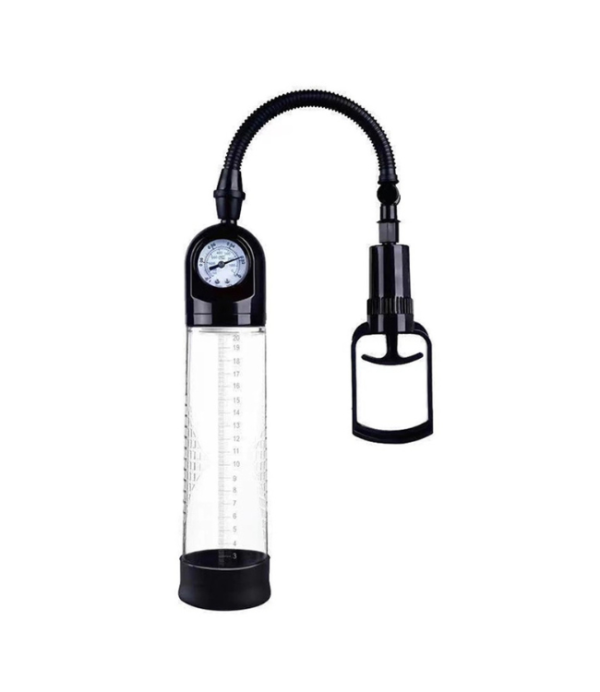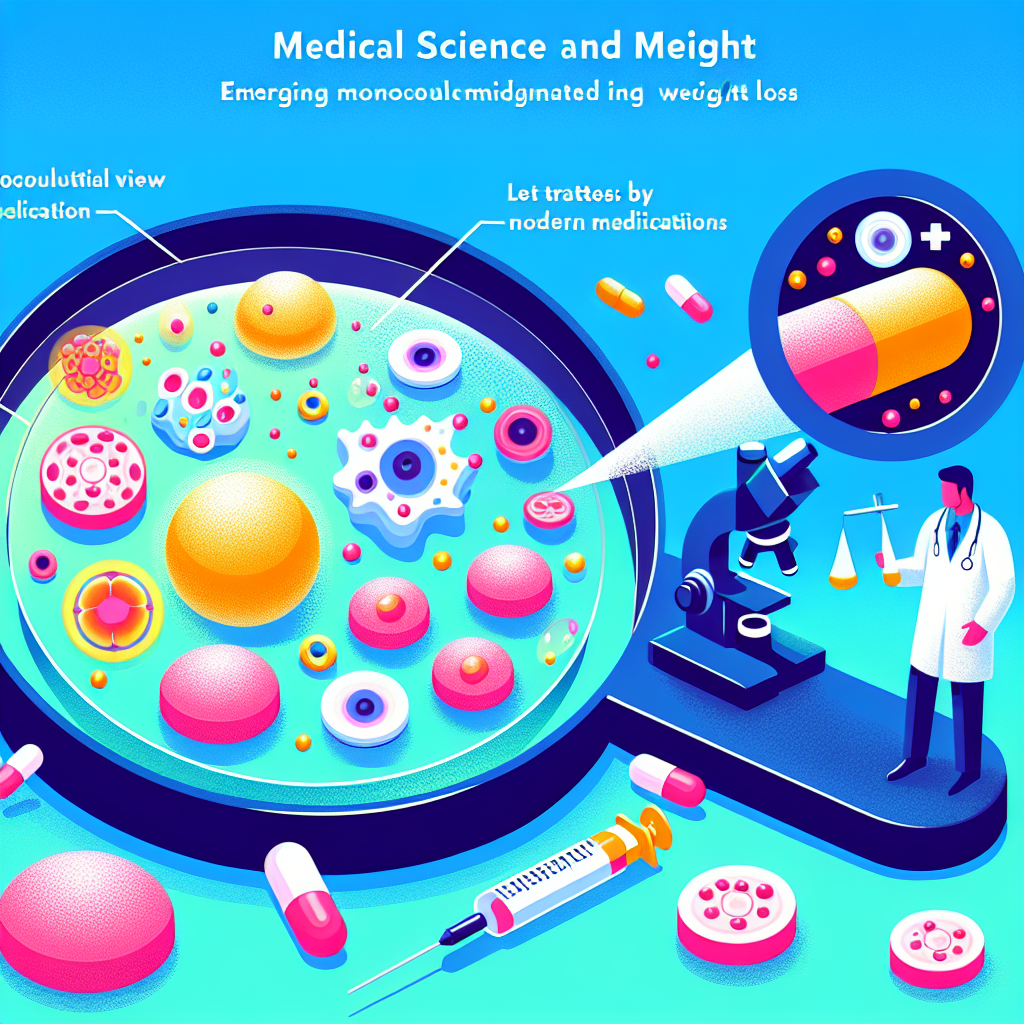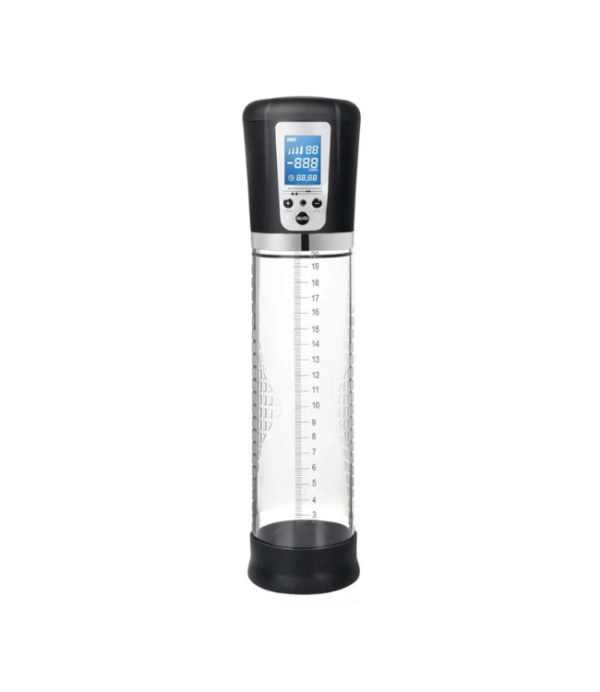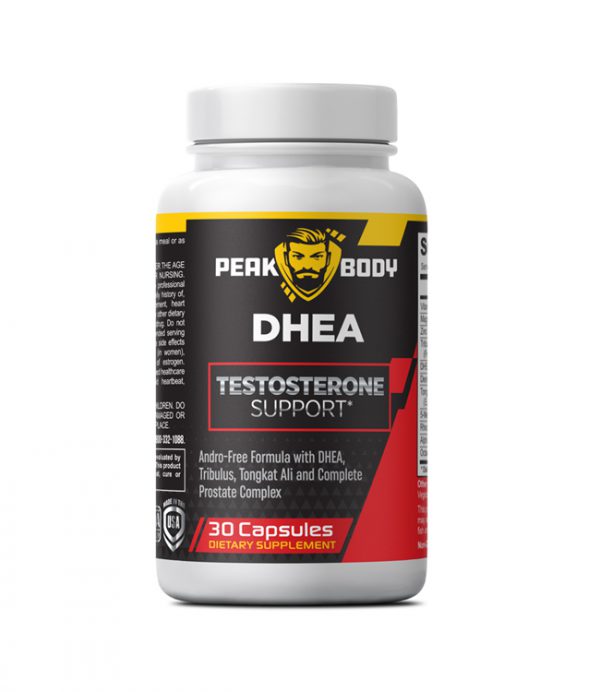Introduction: Understanding Manual Vacuum Therapy
For men looking to enhance their sexual performance and confidence, the WoodPump Enlargement Manual represents a significant advancement in non-pharmaceutical male enhancement technology. This device, utilizing medically-supported vacuum therapy principles, offers a natural approach to addressing concerns related to erectile function and penile dimensions.
Manual vacuum therapy has gained recognition among urologists and sexual health specialists as a legitimate option for men seeking enhancement without medications or invasive procedures. The WoodPump device specifically has been engineered to provide reliable, consistent results when used as directed, with attention to both effectiveness and user safety.
This comprehensive guide explores the WoodPump Enlargement Manual in detail, covering its mechanism of action, potential benefits, proper usage techniques, safety considerations, and realistic expectations for results. By understanding how this device works within the framework of male physiological response, users can make informed decisions about incorporating it into their sexual health regimen.
How Vacuum Therapy Works: The Science Behind the WoodPump
The WoodPump Enlargement Manual operates on well-established scientific principles related to blood flow and tissue expansion. At its core, the device creates a controlled vacuum environment around the penis, which triggers several physiological responses:
Blood Flow Stimulation
The vacuum action draws additional blood into the erectile tissues of the penis. This increased blood flow serves multiple purposes:
- It mimics the natural engorgement process that occurs during arousal
- It delivers oxygen and nutrients to penile tissues
- It potentially stimulates cellular renewal through increased circulation
Tissue Response
With regular use over time, the penile tissues may respond to the consistent vacuum pressure by:
- Expanding to accommodate increased blood volume
- Potentially developing greater elasticity
- Adapting to maintain fuller erections for longer periods
Erectile Mechanism Support
For men experiencing mild to moderate erectile concerns, the vacuum therapy provided by the WoodPump can:
- Help overcome venous leakage issues that may cause difficulty maintaining erections
- Train the erectile response for more consistent performance
- Provide immediate assistance in achieving erection when needed
This scientifically-grounded approach differentiates the WoodPump from unsubstantiated enhancement products, as its mechanism relies on fundamental principles of tissue response to physical stimuli rather than dubious chemical interventions.
Key Features of the WoodPump Enlargement Manual
The WoodPump distinguishes itself through several noteworthy design elements that contribute to both its effectiveness and user experience:
Precision Engineering
- Calibrated Pressure Gauge: The integrated gauge allows users to monitor vacuum levels precisely, ensuring both effectiveness and safety
- Medical-Grade Materials: Constructed from hypoallergenic, body-safe materials that withstand repeated sterilization
- Transparent Cylinder: Enables visual confirmation of proper positioning and response
- Ergonomic Hand Pump: Designed for comfortable operation with minimal hand fatigue
Safety-Oriented Design
- Quick-Release Valve: Provides immediate pressure relief when needed
- Rounded Edges: Minimizes risk of discomfort during use
- Pressure Limitation System: Prevents excessive vacuum that could potentially cause tissue damage
User-Friendly Elements
- Measurement Markings: Allows tracking of progress over time
- Non-Slip Base: Ensures stability during hands-free use
- Compact Design: Facilitates discreet storage when not in use
These features collectively contribute to a user experience that balances effectiveness with comfort and safety, making the WoodPump appropriate for both beginners and those experienced with vacuum therapy.
Potential Benefits of Regular WoodPump Use
When used consistently according to instructions, the WoodPump Enlargement Manual may provide several potential benefits related to sexual health and performance:
Erectile Function Support
Many users report improvements in their ability to achieve and maintain erections, particularly among those experiencing:
- Age-related changes in erectile response
- Mild to moderate erectile dysfunction
- Performance anxiety issues
- Reduced rigidity or sustainability of erections
Dimensional Enhancement
While individual results vary based on physiology and consistency of use, potential dimensional changes may include:
- Temporary increases in erect length and girth immediately following use
- Possible modest long-term increases with regular, sustained usage over months
- More complete filling of erectile tissues during natural arousal
Psychological Benefits
The psychological aspects of sexual confidence should not be underestimated. Many users report:
- Increased sexual confidence
- Reduced performance anxiety
- Greater satisfaction with sexual self-image
- Enhanced intimate relationship quality due to improved confidence
Circulatory Health
Regular vacuum therapy may contribute to penile tissue health through:
- Increased oxygenation of tissues
- Enhanced removal of metabolic waste through improved circulation
- Potential preservation of erectile tissue health through regular engorgement
It’s important to note that while these benefits represent the experience of many users, individual results will vary based on numerous factors including age, overall health, consistency of use, and existing physiological conditions.
Proper Usage Guide: Maximizing Results Safely
To achieve optimal results while maintaining safety, following proper usage guidelines is essential:
Preparation
- Cleanliness: Wash hands thoroughly and clean the device with mild soap and warm water before each use
- Lubrication: Apply water-based lubricant to the base of the penis and the rim of the cylinder to create an effective seal
- Relaxation: Choose a comfortable position and ensure you’re in a relaxed state to facilitate the process
Basic Operation
- Positioning: Insert the flaccid penis into the cylinder and position the base firmly against the body to create a seal
- Creating Vacuum: Slowly pump the handle to gradually create negative pressure within the cylinder
- Pressure Monitoring: Watch the gauge to maintain appropriate pressure levels (typically between 5-10 inHg)
- Session Duration: Maintain the vacuum for 5-10 minutes initially, gradually working up to 15-20 minutes as comfort allows
- Release: Use the quick-release valve to slowly return to atmospheric pressure before removing the device
Recommended Usage Pattern
- Frequency: Begin with 3-4 sessions per week, potentially increasing to daily use as comfort allows
- Progression: Gradually increase session duration and pressure within safe parameters
- Consistency: Maintain regular usage for optimal results
- Rest Days: Include occasional rest days to allow tissue recovery, particularly when first beginning
Safety Precautions
- Avoid Excessive Pressure: Higher pressure does not yield better results and may cause injury
- Limit Session Duration: Do not exceed recommended time limits
- Watch for Warning Signs: Discontinue use if experiencing pain, numbness, bruising, or skin discoloration
- Consult Healthcare Providers: Seek medical advice before beginning use if you have any underlying health conditions, particularly cardiovascular issues, blood disorders, or prior penile injuries
Adherence to these guidelines promotes both safety and effectiveness, creating the conditions for optimal results from the WoodPump system.
Realistic Expectations and Timeline
Setting appropriate expectations is crucial for satisfaction with the WoodPump Enlargement Manual. Users should understand:
Short-Term Effects
- Immediate Post-Use Enhancement: Most users experience temporary increases in size immediately following a session, which may last for several hours
- Improved Erectile Response: Many notice enhanced ability to achieve erections shortly after beginning regular use
- Learning Curve: Becoming comfortable with the device and optimizing technique typically takes 2-3 weeks
Medium-Term Progress
- Consistent Performance Improvements: After 1-2 months of regular use, many users report more reliable erectile function
- Potential Modest Gains: Some users begin to notice more lasting changes in dimensions after 2-3 months of consistent use
- Psychological Benefits: Increased confidence often develops within this timeframe
Long-Term Outlook
- Maximum Results: Most users who experience dimensional changes reach their maximum potential within 6-12 months of consistent use
- Maintenance Requirements: Continuing with a maintenance schedule (2-3 times weekly) helps preserve gains
- Individual Variation: Results vary significantly based on age, starting point, consistency, and individual physiology
Understanding this timeline helps users maintain realistic expectations and the patience necessary to evaluate the device’s effectiveness for their personal situation.
Comparing the WoodPump to Alternatives
When considering male enhancement options, it’s helpful to understand how the WoodPump compares to alternatives:
Versus Oral Medications
- No Systemic Side Effects: Unlike medications that circulate throughout the body, the WoodPump works locally
- No Drug Interactions: Presents no risk of interaction with other medications
- Use As Needed: Doesn’t require advance planning or timing around sexual activity
- No Prescription Required: Available without medical appointments or prescriptions
Versus Surgical Approaches
- Non-Invasive: Requires no incisions, anesthesia, or recovery time
- Reversible: Discontinuing use has no permanent effects
- Cost-Effective: Significantly lower investment than surgical procedures
- Gradual Adaptation: Allows for progressive adjustment versus sudden surgical changes
Versus Other Vacuum Devices
- Precision Measurement: The integrated gauge provides feedback not available on many competitors
- Quality Construction: Medical-grade materials offer durability and safety advantages
- Ergonomic Design: Easier to use independently compared to many alternatives
- Balanced Pressure System: Engineered to provide effective vacuum without excessive force
These comparisons highlight the unique position the WoodPump occupies in the landscape of male enhancement options, offering a balance of safety, control, and potential effectiveness without many of the drawbacks associated with alternatives.
Complementary Approaches for Enhanced Results
While the WoodPump can be effective on its own, many users find that combining it with complementary approaches enhances overall sexual health and results:
Physical Wellness
- Cardiovascular Exercise: Improving overall circulation benefits erectile function
- Pelvic Floor Exercises: Strengthening these muscles can enhance erection quality and control
- Weight Management: Reducing excess weight, particularly around the abdomen, can improve both blood flow and hormonal balance
Nutritional Support
- Circulatory Health: Foods rich in nitric oxide precursors (leafy greens, beets) may support vascular function
- Hormone Balance: Zinc-rich foods (oysters, pumpkin seeds) contribute to testosterone production
- Antioxidant Protection: Colorful fruits and vegetables protect blood vessel integrity
Lifestyle Modifications
- Stress Reduction: Chronic stress negatively impacts both hormonal balance and erectile function
- Adequate Sleep: Quality sleep is essential for testosterone production and overall sexual health
- Moderation of Alcohol: Excessive alcohol consumption can impair erectile function
Communication
- Partner Involvement: Open discussion with partners about enhancement goals can reduce anxiety
- Setting Mutual Expectations: Shared understanding of the process and timeline encourages patience
- Celebrating Progress: Acknowledging improvements, even modest ones, reinforces motivation
By adopting this holistic approach, users often experience more satisfying results than when relying solely on the device itself.
Where to Buy the WoodPump Enlargement Manual
Conclusion: Is the WoodPump Right for You?
The WoodPump Enlargement Manual offers a scientifically-grounded approach to male enhancement based on established principles of vacuum therapy. For men seeking a non-pharmaceutical, non-surgical option for addressing erectile function or enhancement goals, it represents a worthwhile consideration.
The device’s combination of precision engineering, safety features, and ergonomic design creates a user experience that balances effectiveness with comfort. When used consistently according to guidelines, many users report satisfying improvements in both function and confidence.
As with any approach to sexual health, individual results will vary based on numerous personal factors. The WoodPump offers the advantage of being both reversible and adjustable, allowing users to evaluate its effectiveness for their specific situation with minimal risk.
For those considering the WoodPump, the most important factors for success include:
- Commitment to regular, consistent use according to guidelines
- Patience in allowing sufficient time for results to develop
- Attention to proper technique and safety precautions
- Realistic expectations based on individual starting points
- A holistic approach that includes complementary lifestyle factors
With these considerations in mind, the WoodPump Enlargement Manual stands as a legitimate option worth exploring for men seeking enhancement through a natural, mechanical approach rather than chemical or surgical interventions.














